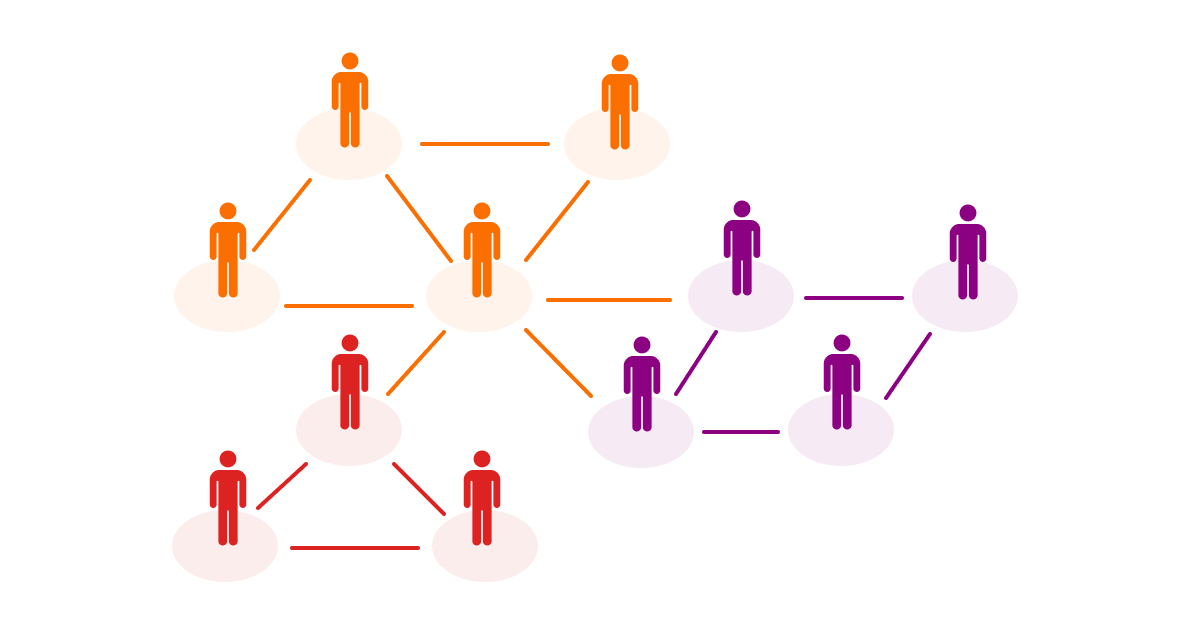
Clinical Trials Without Delays: GraphRAG Optimization in Action
Clinical trials are the foundation of advancing medicine. They provide the evidence needed to bring new treatments to market and ensure safety for patients. Yet despite their critical role, trials are notorious for delays.
The biggest culprit? Patient Recruitment. Nearly 80% of clinical trials fail to meet recruitment timelines, which increases costs, extends research timelines, and slows the delivery of much-needed therapies.
Even when trials eventually recruit enough patients, retention is another hurdle as patients often drop out due to travel burdens, side effects, or lack of engagement.
This article takes a closer look at how graph-powered applications can directly address these challenges. By focusing on clinical trial optimization as one use case, we’ll show why graphs bring unique value where traditional approaches fall short.
Why Graphs for Clinical Trials?
Traditional recruitment and retention strategies often fall short because they rely on siloed, fragmented datasets.
Researchers are left piecing together information from electronic health records, demographic databases, and trial registries. This produces broad patient groupings that do not accurately reflect treatment responses. It’s like trying to assemble a puzzle with half the pieces missing.
Graphs solve this by showing relationships instead of just records. Patient Journey Knowledge Graphs (PJKGs) link patients, medical histories, treatments, demographics, and even geographic locations into a single, structured representation. Instead of viewing patients as rows in a table, graphs connect them into networks that reveal hidden patterns. This makes it easier to:
- Identify clusters of eligible patients who share key characteristics
- See connections between past treatment outcomes and current trial needs
- Highlight investigators and sites most likely to succeed in a trial
For clinical trial optimization, this relational view is critical. It turns recruitment from a slow, manual search into a precise, data-driven process.
Key Algorithms Driving Clinical Trial Success
Once patient journeys are represented as graphs, algorithms come into play.
These are not abstract ideas; they are practical tools that help researchers cut through complexity and find the best path forward. A few stand out for their ability to improve trial design and execution:
- Community Detection: Automatically groups patients or trial sites based on shared characteristics. This enables precise cohort creation and stratification, reducing the risk of biased or unrepresentative results.
- Link Prediction: Forecasts the likelihood that a patient will enroll in or complete a trial, based on profile similarities and past data. It can even highlight likely treatment outcomes before the trial begins.
- Betweenness Centrality: Reveals influential investigators or key patient engagement points. By focusing resources on these central nodes, teams can streamline recruitment and optimize trial management.
These algorithms don’t just add technical sophistication. They directly reduce risk, improve planning accuracy, and maximize the return on trial investments.
Why It Matters
Consider a rare disease trial where suitable patients are few and far between. Traditional approaches may take months or even years to find enough candidates.
With graph technology, researchers can instantly identify tightly connected communities of eligible patients. Relevance Expansion techniques can then surface additional candidates who share related profiles, broadening recruitment without sacrificing precision.
Visualizing the Impact: Identifying Optimal Trial Cohorts
Optimizing clinical trials often means finding the right patient populations. Identifying suitable participants or trial sites can be complex. You need to consider many factors: medical history, demographics, previous treatments, and even geographic proximity to clinics. Manually sifting through vast, siloed datasets is slow and prone to oversight.
This is where Community Detection comes in. By automatically clustering patients or sites into distinct communities, the algorithm highlights natural groupings that share meaningful similarities. For example, patients with comparable medical histories or trial sites with similar infrastructure and past success rates form clear clusters.

These clusters become optimal cohorts for recruitment. And when paired with Relevance Expansion techniques, researchers can identify additional yet related participants or sites that might otherwise have been overlooked. This not only accelerates patient enrollment but also strengthens trial design by ensuring diverse but relevant cohorts.
Visualization plays a key role here. By mapping out these communities and their connections, decision-makers can clearly see which paths to recruitment are most promising and which areas could lead to bottlenecks. Instead of relying on manual guesswork, teams work with a connected, data-driven view of their options.
The result? Recruitment that is faster, smarter, and far more effective. Trials stay on schedule, dropouts decrease, and outcomes become more predictable.
Beyond Clinical Trials
Clinical trial optimization is only one area where graph-powered applications deliver results. The same principles apply to personalized patient care, drug discovery pipelines, and broader healthcare analytics. Graphs allow teams to see beyond isolated records, uncovering the relationships that make context richer and predictions stronger.
If clinical trial recruitment and retention can be improved so significantly with graphs, imagine the impact across the rest of healthcare and biotech. This blog is just one piece of the larger picture we explore in detail.

Curious about other GraphRAG healthcare application? The guide How Graph-Powered AI Is Accelerating Discovery and Care in Healthcare and Biotech goes deeper into the technical frameworks and more use cases across healthcare and biotech.
It’s a practical resource for anyone looking to see how GraphRAG can transform patient care and accelerate discovery.